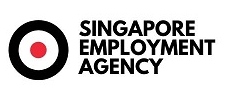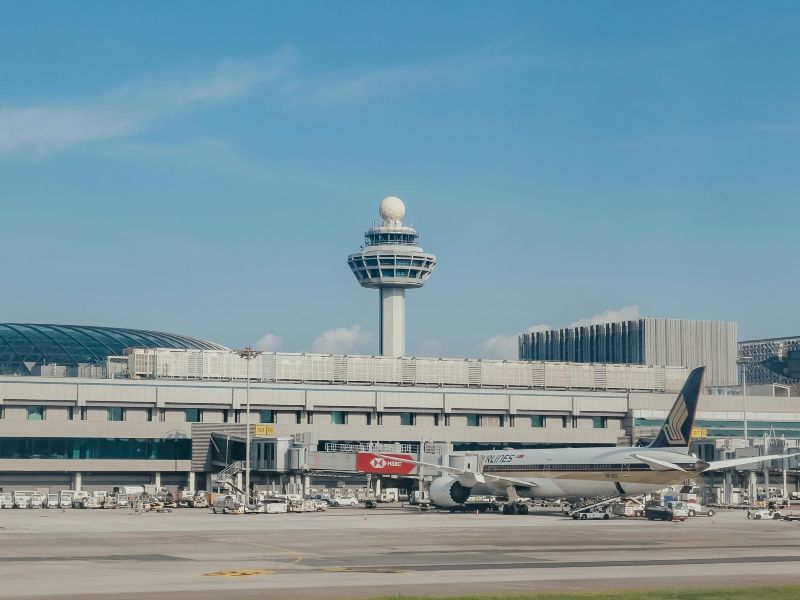Introduction of Passport-less Immigration Clearance
Travellers will soon experience a more streamlined and hassle-free immigration process at Changi Airport starting August 2024. The Immigration and Checkpoints Authority (ICA) announced on July 31 that passport-free clearance trials for arriving Singapore residents will begin at selected automated lanes at Changi Airport Terminal 3 from August 5. The ICA aims to fully implement this feature across all airport terminals by September.
Innovative Biometric Technology
This initiative will allow Singapore residents and departing travellers to clear immigration using facial and iris scanners, eliminating the need for passport checks. This advancement is part of ICA’s ongoing efforts to automate the immigration process and enhance efficiency.
Expansion to Other Checkpoints
By December, travellers will also be able to use facial and biometric scanners for immigration clearance at the Marina Bay Cruise Centre. Additionally, QR code immigration clearance at the Woodlands and Tuas checkpoints will be extended to motorcyclists from August 15 and bus passengers by December. Cargo vehicle drivers and passengers will see the extension by the end of August.
Current Success and Future Plans
As of now, over 70% of car travellers and bus drivers clear immigration using QR codes, with most being Singapore residents, including citizens, permanent residents, and long-term pass holders. Assistant Commissioner Phua Chiew Hua, deputy director at ICA’s operations division, highlighted that the implementation of passport-less immigration clearance could reduce clearance time by 30% to 40%. Singapore will be the first in the world to implement large-scale token-less clearance.
Demonstration and Implementation
On July 31, ICA demonstrated the new process at the Marina Bay Cruise Centre. Travellers will pass through gates without presenting any passport or documentation, being automatically cleared by facial and biometric scanners in just seconds. For land checkpoints, QR code clearances will be utilized as land travellers do not provide prior notice to ICA when crossing borders. Passport-free clearance at air and sea checkpoints is expected to reduce immigration clearance time by 40%, while QR code users can expect a 30% reduction in clearance time.
Continued Need for Passports
Despite these advancements, travellers must still carry their passports when passing through Singapore’s checkpoints, as they will be needed for overseas immigration clearance and may occasionally be required for verification by ICA.
Benefits for All Travellers
Both Singapore residents and foreign travellers will benefit from the new clearance processes. Singapore residents will enjoy passport-free clearance at both arrival and departure at air and sea checkpoints, while foreign travellers will benefit from passport-free clearance when leaving the country. However, children below the age of six will not qualify for passport-free clearance due to their inability to undergo biometric scanning.
Practical Considerations
Passengers are advised to remove any coloured contact lenses or reflective glasses when using automated immigration clearance to ensure the scanners work effectively.
Global Leadership in Immigration Technology
Minister of State for Home Affairs Muhammad Faishal Ibrahim noted at ICA’s annual workplan seminar in May that Singapore will be among the first in the world to introduce passport-free immigration clearance. This follows ICA’s May announcement that foreigners of all nationalities arriving in Singapore will be able to use automated lanes at Changi Airport for faster and more secure immigration clearance.
Future Rollout Plans
According to ICA’s timeline, these features will be introduced at Seletar Airport and Tanah Merah Ferry Terminal by 2025, with plans to implement the new clearance features at HarbourFront Centre, which houses a ferry and cruise terminal.
This innovative approach marks a significant step forward in enhancing the traveller experience and maintaining Singapore’s position as a global leader in immigration technology.
Source: The Straits Times

